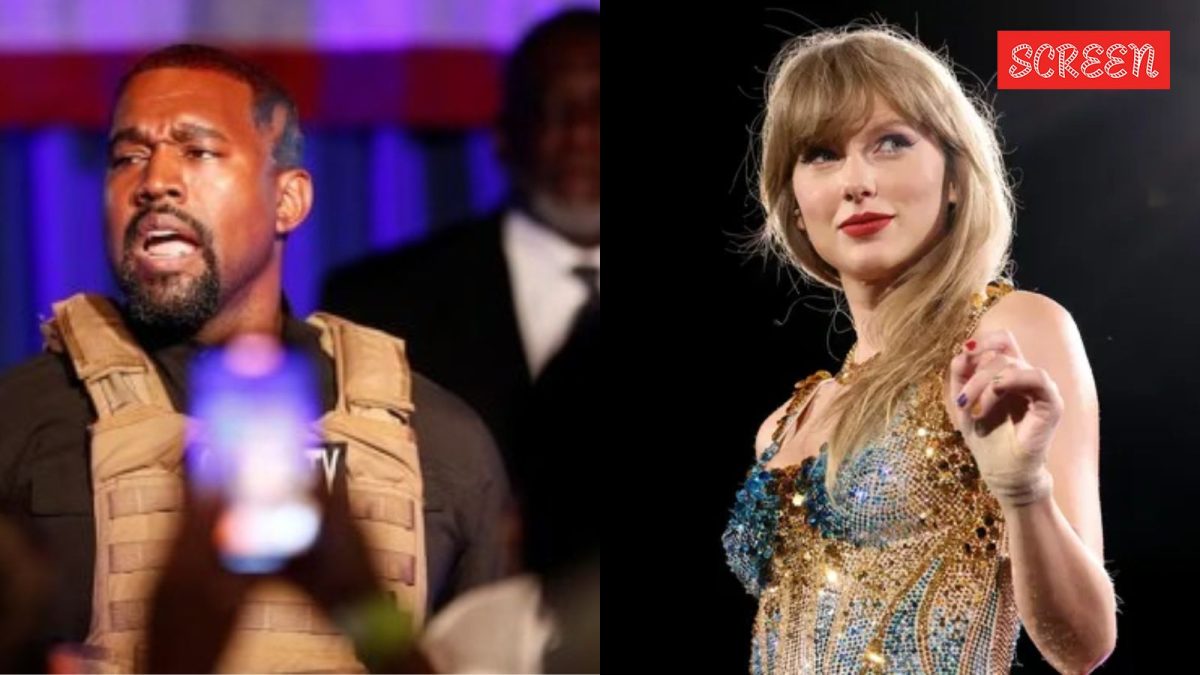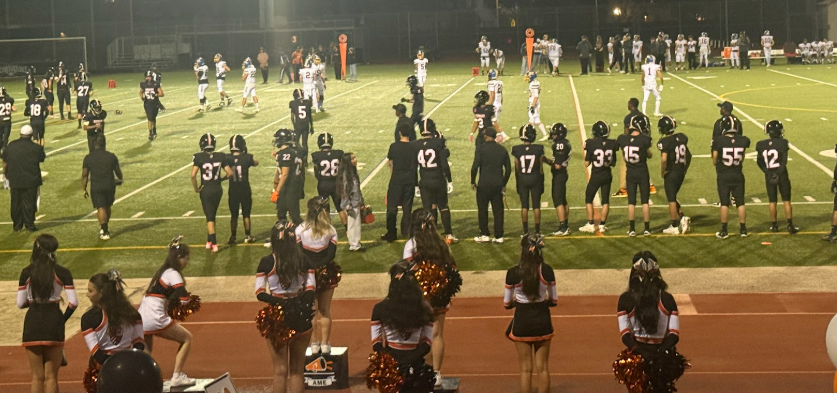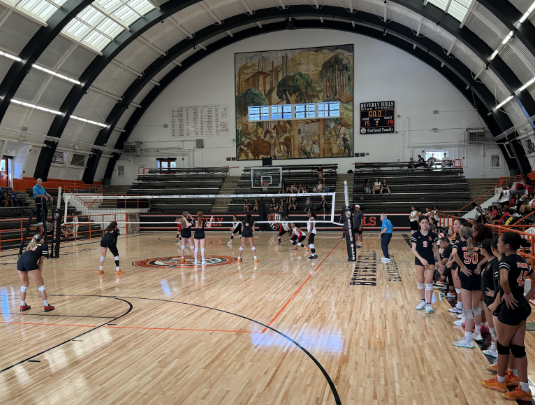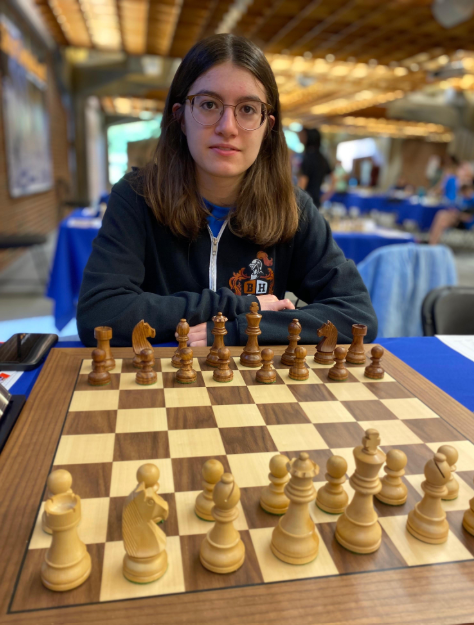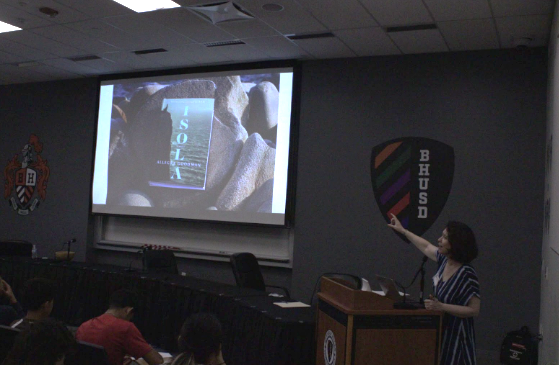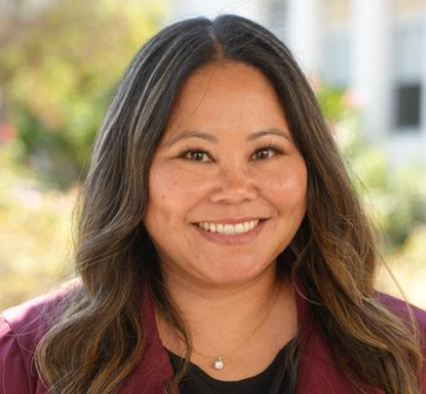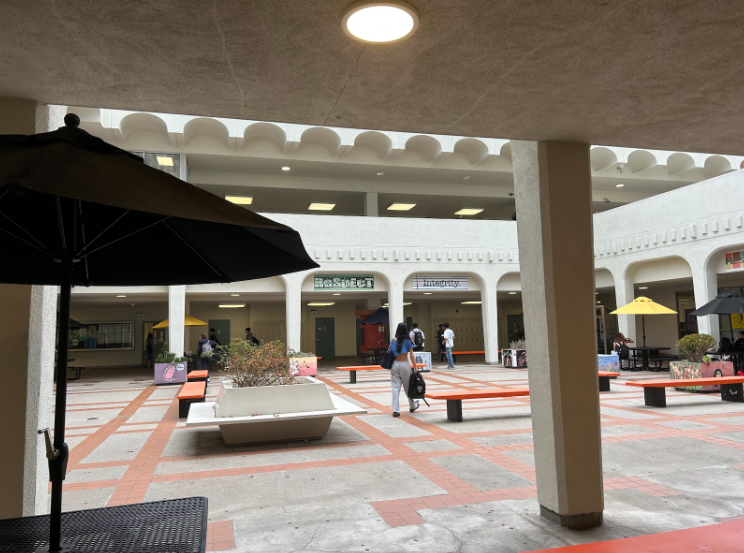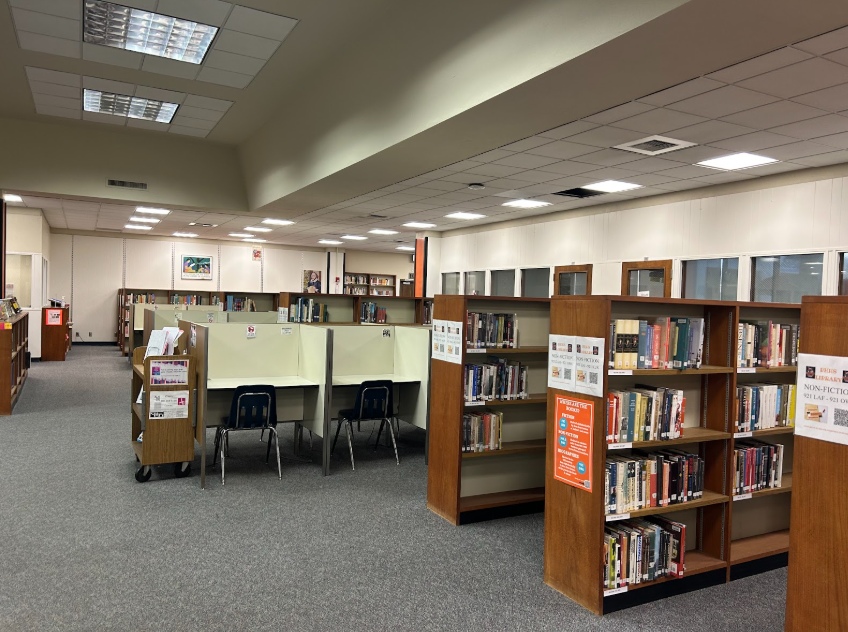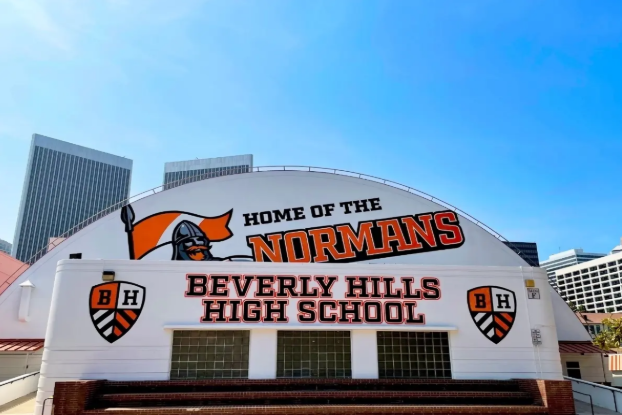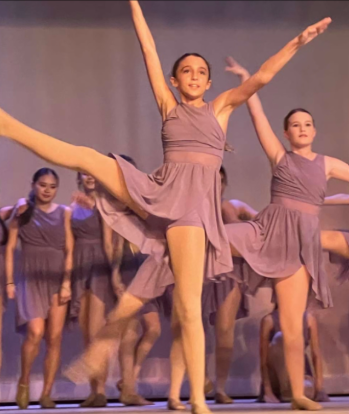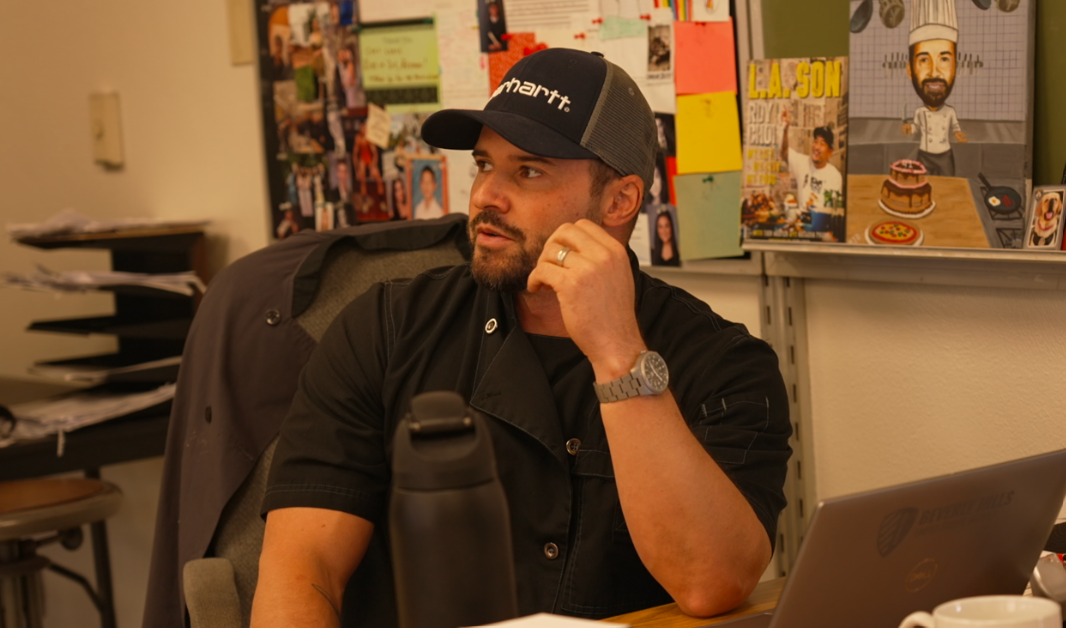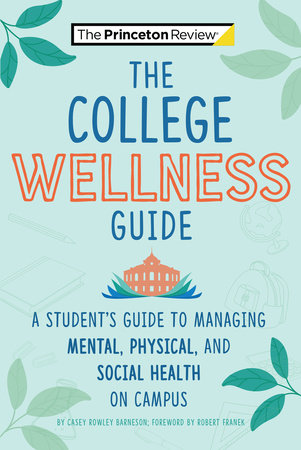Emma Newman co-editor-in-chief
Casey Rowley Barneson spent her days during the pandemic helping counsel students through the college admissions process. During the mornings and the evenings, however, she worked on writing a book to help college students navigate their health needs, whether that be mentally, physically or socially.
Rowley Barneson published the book, “The College Wellness Guide,” on Aug. 3, with help from The Princeton Review. The book includes the perspectives of current college students, quizzes to help students assess their needs and advice for students with specific academic or personal needs.
Rowley Barneson decided to write the book last summer because she believed that not enough focus was being placed on the wellness resources students can access in college.
“What really inspired me to write this book was this idea that every university has so many programs and services that really fit the needs of all students,” Rowley Barneson said. “Every university offers so many different programs. It’s not just about the major and the location of the school, but really about your day-to-day and how you can be a successful student.”
After she came up with the idea, Rowley Barneson reached out to The Princeton Review’s editor-in-chief Rob Franek to gain insight. He found the book’s premise to be appealing because it addressed a growing focus on wellness on college campuses.
“The fever pitch of conversation around health and wellness, physical and mental and otherwise, given our pandemic times, have just reached a heightened level…and Casey outlined that so very clearly in her proposal to us at The Princeton Review,” Franek said. “We have been hearing and collecting that information anecdotally, but then she really was able to detail that in her description, and then ultimately, in the book itself.”
Once the Princeton Review accepted her idea, they assisted her in the process of pitching the book to its eventual publishing house, Penguin Random House.
Rowley Barneson worked with The Princeton Review in a variety of ways. For example, the company provided her with an editor and introduced her to the world of professional writing.
“Now I’m an author, but coming from a counseling background, the idea of writing a book from start to finish was very foreign to me, so they really helped me organize ideas, give me a timeline, give me deadlines and synthesize information in a way [that helped me meet] the overall goal of what I wanted the book to emulate.”
Franek also wrote the foreword for the book, which he said was a “pleasure” for him to write.
“This is such a dear project to me,” Franek said. “When you can help solve, and…help diffuse some of the stress and worry around a process, and I believe that Casey’s book does that so uniquely, therein lies the value of why I continue to work in higher education and create these…opportunities to create this content for students, parents, counselors and anybody interested in these subjects.”
According to Franek, the book was particularly powerful because of the “quality of writing” that it displayed.
“If a book is very well-intentioned, and it has great resources, it’s easy. But if you have an approachable style from a content perspective, and I think Casey does that so nicely, then it’s appealing not only to me…but also to young people, and again their parents and counselors. If you can hit that trinity, to me, then it’s a win,” Franek said.
Rowley Barneson agrees that the book could interest a wide audience, most notably parents and teachers. To her, this wide appeal stems from the fact that the guide serves a greater purpose than a typical book.
“It’s not just a book–it’s a resource that provides tools and information to help students cope with whatever it is they’re dealing with,” Rowley Barneson said.
Franek believes that the book’s ability to serve as a “resource” makes it especially important for students to read, especially those who have specific wellness needs.
“If the statistics are right and there has been an increase in physical and mental health needs and awareness on campus, then this is a book that can not only acknowledge those things, but to give you smart tips, advice and strategy to get to those points,” Franek said. “To me, that’s the real value. [It] is…a great resource for the students as they move forward throughout their college career.”
Rowley Barneson also recognizes the importance of the book and the specific ways that it could help students. With its inclusion of self-assessments, advice and real-life examples, she believes that students with a variety of needs can find the book valuable.
“If you’re a student that has anxiety…or if you’re a student that’s really worried about getting into med school or navigating social relationships and building a community when you go into college, this book has information that helps to remind you that you’re not alone,” Rowley Barneson said. “It also gives you active tips and exercises to force you to work through whatever it is that you’re a little bit anxious about. It’s a book that is a huge resource.”





